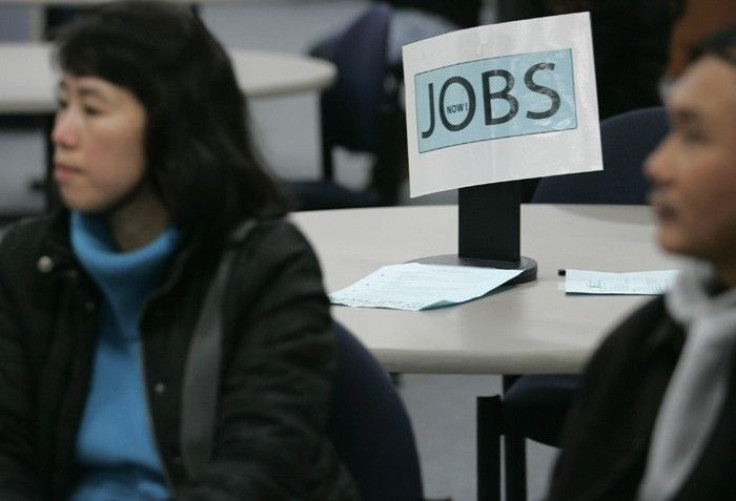Jobless claims tumble, productivity rises

New U.S. claims for unemployment benefits fell sharply last week while nonfarm productivity in the fourth quarter was stronger than expected, confirmation the economic recovery was strengthening.
Initial claims for state unemployment benefits tumbled 42,000 to a seasonally adjusted 415,000, the Labor Department said on Thursday, unwinding most of the previous week's weather-induced spike.
Economists forecast claims dropping to 420,000.
The claims data falls outside the survey period for the government's closely watched employment report for January, scheduled for Friday. The economy probably created 145,000 jobs, according to a Reuters poll, after adding 103,000 in December.
This is showing the labor market is recovering but not at a pace that will keep the Federal Reserve from its accommodative stand, said Rudy Narvas, a senior economist at Societe Generale in New York.
In a second report, the department said productivity, a measure of hourly output per worker, increased at an annual rate of 2.6 percent, after rising at an upwardly revised 2.4 percent growth pace.
The increase, which was well above economists' expectations for a 2 percent growth rate, bodes well for company profits.
U.S. stock index futures slightly trimmed losses after the data, while U.S. bond prices briefly extended losses.
The continued growth in productivity indicated companies were extracting more output from workers, which could delay hiring.
This suggest companies can still squeeze out more productivity rather than hire more workers, said Narvas.
While the recovery is strengthening and broadening out, labor market healing has been unusually slow.
The economy grew at a 3.2 percent annual rate in the fourth quarter, accelerating from a 2.6 percent pace in the prior period, and economists believe strengthening domestic demand will translate into increased hiring of new workers and the lengthening of hours for existing employees.
The productivity report showed hours worked in the fourth quarter increased at a 1.8 percent rate after a 1.4 percent increase in the July-September quarter.
Unit labor costs, a gauge of potential inflation pressures closely watched by the Federal Reserve, fell at a 0.6 percent rate after dipping at a 0.1 percent pace in the third quarter.
Economists had expected unit labor costs to rise at a 0.3 percent rate in the fourth quarter. For the whole of 2010, unit labor costs dropped 1.5 percent after declining 1.6 percent in 2009.
Total nonfarm output grew at a 4.5 percent rate in the last three months of 2010, the Labor Department said, after rising at a revised 3.8 percent rate in the third quarter.
(Reporting by Lucia Mutikani; Editing by Neil Stempleman)
© Copyright Thomson Reuters 2024. All rights reserved.











